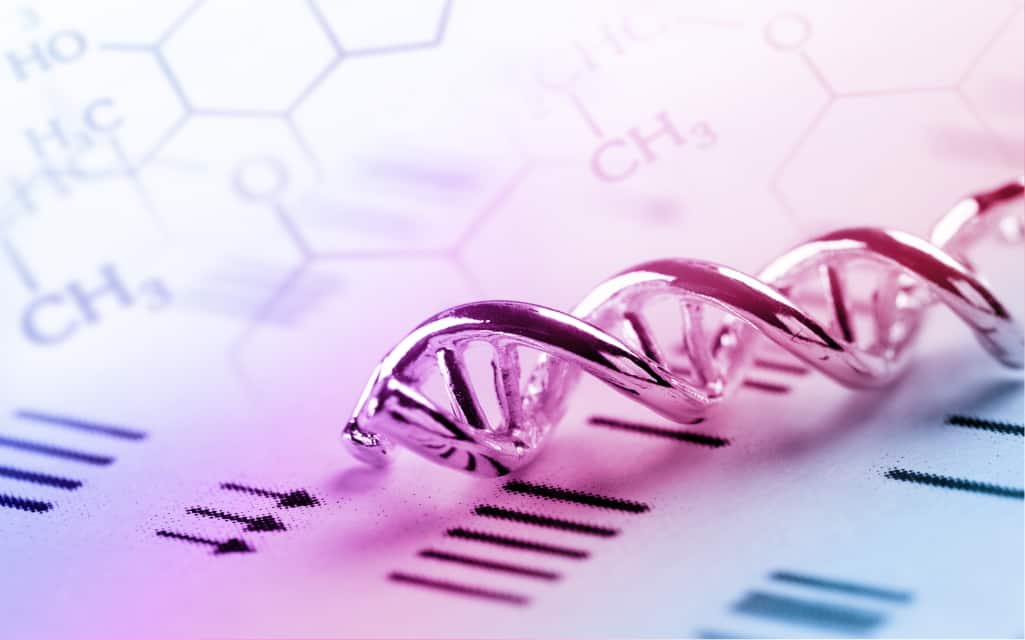The U.S National Library of Medicine estimates that our DNA has 3 billion bases, with over 99% of them being the same in all of us.
If you don’t know, DNA or deoxyribonucleic acid is a molecule that contains instructions for our growth, development and general functioning. And these differences in the arrangement of nitrogen bases gives us our genes, which in turn determine the language of these cells.
In the study of genealogy, there are three types of DNA testing. However, before we get into individual definitions, let’s look into what actually makes up our DNA.
What Makes Up Your DNA?
DNA is arranged in chromosomes.
Generally, each human has 48 chromosomes, in sets of 23. The first 22 pairs of chromosomes are present in the center of the cell, or the nucleus. Out of these 22 pairs, half are inherited from our mothers, and the other half from our fathers. This makes up our autosomal DNA.
The 23rd pair consists of one chromosome inherited from our father, and the other from our mother. These are also known as the sex chromosomes because they ultimately determine our biological sex.
- Two ‘x’ chromosomes indicate a female
- One ‘x’ and one ‘y’ chromosome indicate a male
- Combinations that deviate from this norm indicate an intersex condition (e.g., XXY)
Mitochondria is the part outside the nucleus that contains the mitochondrial DNA. This is DNA that we inherit from our mothers.
The 3 Types of DNA Tests
Now that we’ve got that figured out, let’s look into the 3 kinds of DNA tests that exist. These types are differentiated based on who can take them and what information you get out of each test.
Y-DNA or Paternal DNA Testing
This test can only be taken by biological males because it specifically identifies and traces back the ‘y’ chromosome. DNA paternity testing can help identify a father, and can generally reach back into 5-6 generations of direct paternal relations.
This is the ideal way for men to identify their paternal haplogroup.
Mitochondrial or mtDNA Testing
These tests can be taken by those of either sex, and they determine the direct line of maternal descent. While those of the male biological sex cannot pass these on, they can still get tested to determine a maternal relationship. This is a great way to identify your maternal haplogroup.
Autosomal DNA Testing
This test has the ability to give you the most diverse results. That’s because it goes approximately 6 generations back on your maternal as well as paternal lineage. It’s a great way to find your ethnicity links, distant cousins and relatives.
What Kind of DNA Test Is Right for You?
Now that you understand how the different types of DNA tests work, you can choose one that’s right for you. If your biological sex is female, you have just two options. If your sex is male, you can choose any, depending on your purpose.
Like this article? Browse through our ‘health’ niche for more informative content like this!



